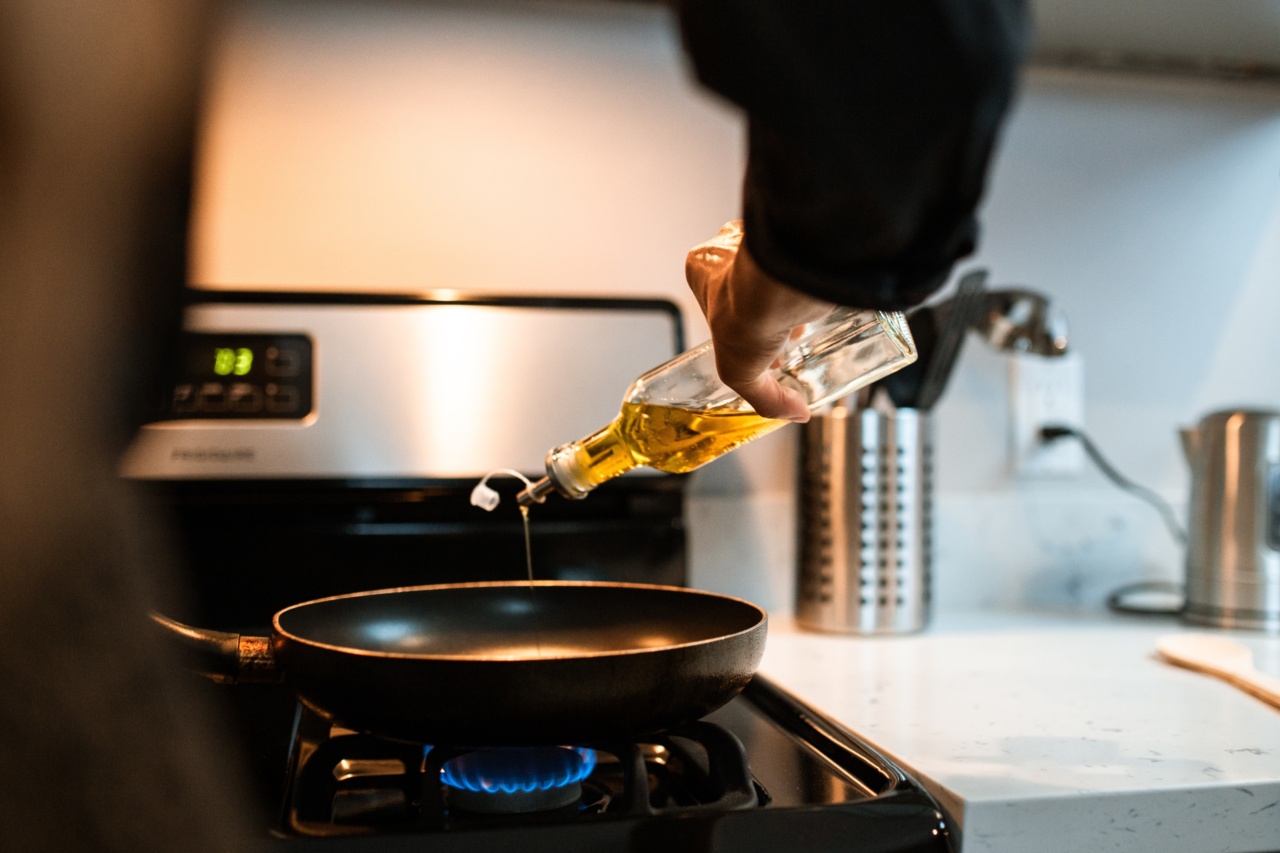Cooking oils are primarily used to provide flavor, aid in cooking processes, and enhance the texture of various dishes. The thickness of an oil affects its ability to coat ingredients and conduct heat effectively.
A thicker oil may produce a different texture or mouthfeel in a dish compared to a thinner one. Therefore, understanding the thickness of oils is crucial for achieving the desired results in cooking.
Measuring Thickness of Oils
There are various methods to measure the thickness or viscosity of oils. Two commonly used methods are viscometry and the flow cup method.
Viscometry – The Scientific Approach
Viscometry is a scientific method to measure the viscosity of a liquid. It involves using an instrument called a viscometer, which provides accurate results.
However, this method may not be practical for measuring oil viscosity in a regular kitchen setting.
Viscometers typically measure the resistance of a fluid to flow under specific conditions. The oil is poured into the viscometer, and the instrument measures the time it takes for a specific volume of oil to flow through a narrow tube.
The longer it takes, the thicker the oil and vice versa.
While viscometry is reliable for laboratory purposes, it is not a practical method for everyday kitchen use due to the specialized equipment required.
The Flow Cup Method – A Practical Approach
The flow cup method is a straightforward and practical way to measure oil thickness using commonly available household items.
This method involves measuring the time it takes for a specific amount of oil to flow through a small hole, typically made in a container’s bottom.
To measure the thickness of olive oil and canola oil, we can use this simple flow cup method.
Materials Required:
- Glass jars with narrow openings
- Stopwatch or timer
- A pin or needle to make a hole
- Measuring spoons
- Olive oil and canola oil
Procedure:
1. Start by making a small hole in the bottom of each glass jar, using the pin or needle. Ensure that the hole is small enough to allow controlled flow.
2. Clean and dry the jars thoroughly to remove any impurities or residues.
3. Measure one teaspoon of olive oil and pour it into one of the jars.
4. Start the timer as you turn the jar upside down to allow the oil to flow through the hole in the jar’s bottom.
5. Stop the timer as soon as the oil flow stops completely. Note down the time.
6. Repeat the above steps with one teaspoon of canola oil in the second jar.
Results:
Now that we have performed the experiment, let’s examine the results.
Based on the measured time it took for the oils to flow through the jars, we can determine their relative thickness or viscosity. The thicker the oil, the longer it takes to flow.
Here are the results of the experiment:.
Olive Oil: X seconds.
Canola Oil: Y seconds.
From the obtained results, we can analyze the relative thickness of olive oil and canola oil. If olive oil took longer to flow through the jar, it indicates that it is thicker than canola oil.
Conversely, if canola oil took longer to flow, it means that it is thicker than olive oil.
Using the Thickness Information in the Kitchen
Now that we know the relative thickness of olive oil and canola oil, how can we use this information in the kitchen?.
1. Pouring Accuracy – Understanding the thickness can help in pouring the right amount of oil in recipes that require specific measurements.
For example, if a recipe calls for a thin stream of oil, using a thinner oil like canola oil may provide better control.
2. Frying and Sautéing – Thicker oils have a higher smoke point, making them suitable for high-temperature cooking methods like frying or sautéing. Olive oil, being thicker than canola oil, is ideal for such applications.
3. Salad Dressings and Marinades – The thickness of the oil affects the mouthfeel and texture of dressings and marinades. Olive oil, being slightly thicker, may provide a richer texture compared to canola oil.
By understanding the thickness or viscosity differences between olive oil and canola oil, you can adapt your cooking methods according to the desired outcome.
Conclusion
The thickness or viscosity of oils can significantly impact cooking and baking outcomes. Measuring the thickness of olive oil and canola oil through simple methods like the flow cup method provides valuable insights into their differences.
While olive oil is generally thicker than canola oil, both oils have their own unique characteristics that make them suitable for various culinary applications. Knowing and understanding these differences empowers home cooks and professional chefs to make informed decisions in the kitchen and enhance the overall dining experience.




























